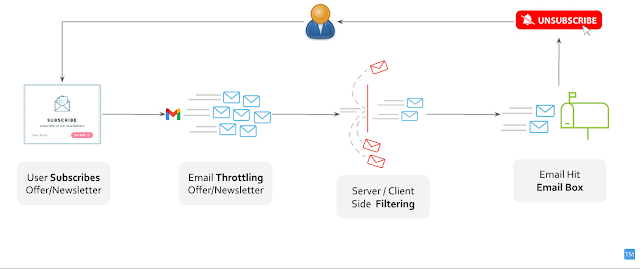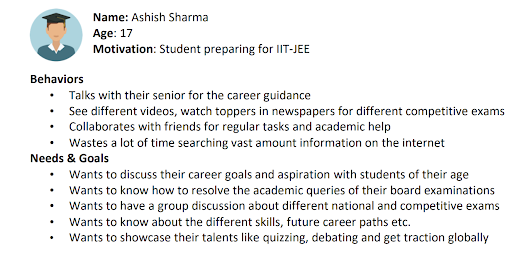How would you measure the success of Airbnb? [PM Interview Question]

Interviewer: How would you measure the success of Airbnb? Shailesh: I will start by asking a few clarifying questions. First I would like to clarify my understanding of Airbnb. Then we will discuss what the value proposition of Airbnb is and what is the business model of Airbnb so that we are on the same page about the product. Interviewer: Sounds good. Book PM / Consulting Mock Interview Resume Review Shailesh: Airbnb is a Marketplace that connects people who want to rent out their property with people who are looking for some accommodation for a shorter duration. Airbnb aims to provide a homelike and local experience to the people so that they get a flavour of the place. Interviewer: That’s well explained. Shailesh: Now that we know what’s the goal of Airbnb, it’s important for us to know about its main stakeholders and what’s the value Airbnb is providing to them. Unless we are not able to identify the value provided to the stakeholders, it’s very difficult to define the me...


.jpg)